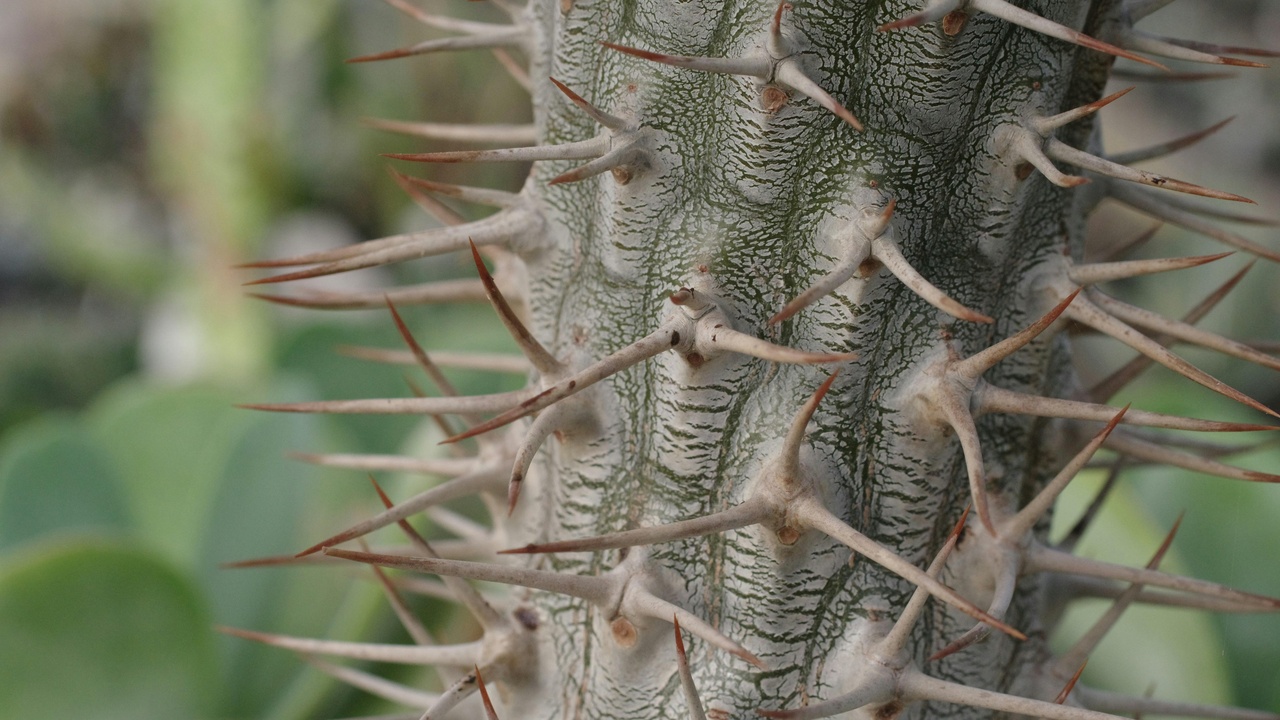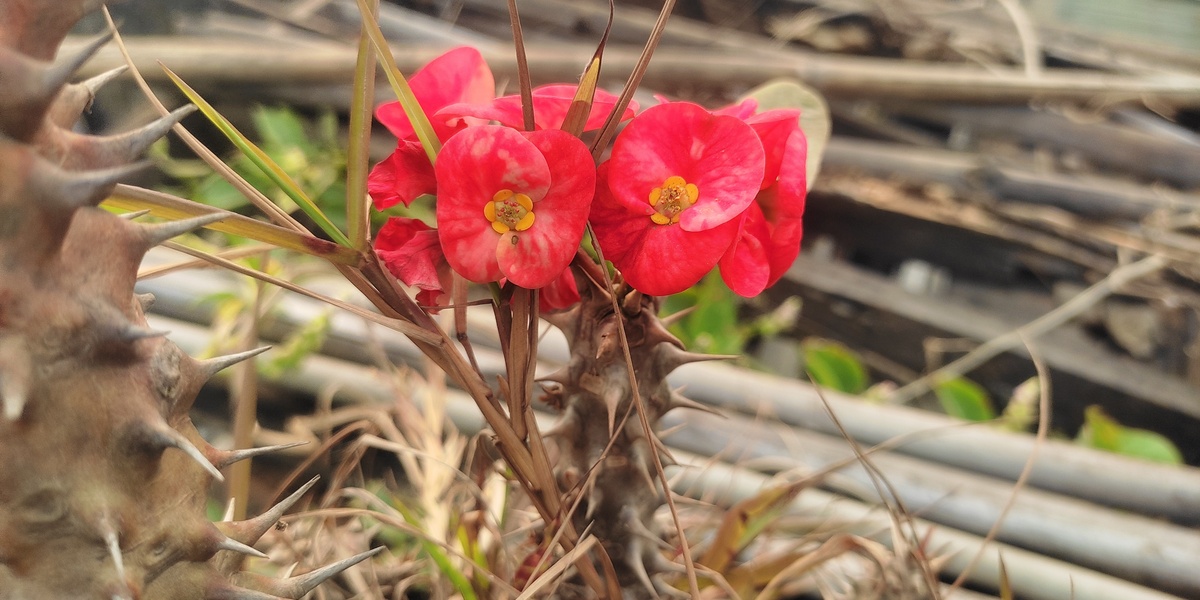Around 470 million years ago, the first land plants began an evolutionary arms race with herbivores and microbes — an arms race that shaped leaves, chemistry, and entire ecosystems. That contest continues today: crop losses to pests and diseases run into the tens of billions of dollars annually, and outbreaks can push vulnerable wild populations toward decline. Plants don’t sit still; they combine chemistry, structure, partnerships, and even behavior to survive. Boldly put: plants use a surprising mix of chemistry, structure, partnerships, and behavior to defend themselves — and understanding these defenses reveals practical benefits for agriculture, medicine, and conservation. Below are eight specific, evidence-backed facts that span chemical, physical, and ecological strategies, with examples you can spot in fields, forests, and gardens.
Chemical Defenses: The Plant Pharmacy

Chemical defenses are widespread and ancient: plants manufacture a huge diversity of phytochemicals that deter herbivores, inhibit microbes, or signal allies. Some compounds act as blunt toxins, others interfere with digestion, and a third group serves as airborne signals. Many of these molecules are the basis for medicines and natural pesticides, so plant chemistry links ecology and human health. The numbered facts below describe how plants deploy chemicals both directly and indirectly, and how people have harnessed those molecules.
1. Plants produce thousands of secondary metabolites that deter attackers
Beyond simple sugars and proteins, many plants make secondary metabolites — alkaloids, terpenoids, and phenolics — that reduce feeding or kill microbes. Researchers have cataloged tens of thousands of these compounds across plant lineages, and new molecules still turn up in chemical surveys.
Historically, chemists isolated nicotine from tobacco in 1828, showing that a single compound could explain both flavor and biological activity. Nicotine is toxic to many insects and inspired synthetic insecticide chemistry; similarly, pyrethrum extracted from Chrysanthemum species became a botanical insecticide used worldwide.
Some plant compounds became medicines. Willow bark salicylates led to aspirin; caffeine and related alkaloids reduce feeding or lower insect survival in several herbivore species. In short, plant secondary metabolites serve defense roles in nature and yield practical human applications.
2. Volatile chemicals let plants ‘call for help’ and warn neighbors
When damaged, many plants release volatile organic compounds (VOCs) that travel through the air and change the behavior of other organisms. Those volatiles can attract predators or parasitoids of the herbivores doing the damage, or they can prime defenses in nearby plants.
Classic experiments show caterpillar feeding prompts production of green leaf volatiles and methyl jasmonate, which draw parasitoid wasps to the site of attack. Maize plants, for example, emit terpenes that increase parasitic-wasp visitation; published studies report substantial increases in predator activity around attacked plants.
Agricultural researchers are adapting these phenomena: VOCs are used experimentally for pest monitoring and in push–pull systems that combine repellent and attractive plants to manage pests without heavy insecticide use. This remains an active, practical research area.
3. Induced chemical defenses and systemic resistance provide long-term protection
Rather than maintaining costly defenses all the time, many plants switch on chemical and genetic defenses after attack. These induced defenses conserve resources while providing targeted protection where it’s needed.
Signaling molecules such as salicylic acid and jasmonic acid coordinate local and systemic responses. Systemic acquired resistance (SAR), first characterized in tobacco and later in Arabidopsis, primes distant tissues to respond faster to later infections.
Farmers and breeders exploit induced resistance: chemical elicitors can trigger immunity before outbreaks, and breeders select lines with stronger or faster inducible responses to reduce disease losses in the field.
Physical and Structural Defenses: Built-in Armor

Physical defenses are often the first line of protection: thorns, spines, trichomes, thick cuticles, and lignified tissues reduce access by herbivores and block pathogen entry. Some of these traits are always present, others appear after attack, and many also help plants cope with drought or UV exposure. The facts below show how structure and shedding matter as much as chemistry.
4. Thorns, spines, and trichomes physically block herbivores
Plants deploy sharp or sticky structures to make feeding difficult. Cacti use spines; many trees, like acacias, grow stout thorns. Small herbivores find it harder to reach tissue when trichomes are dense, and glandular trichomes can deliver sticky or toxic exudates.
Tomato varieties with dense glandular trichomes show lower aphid colonization in trials, and hemp and some wild plants use sticky hairs to trap or deter small insects. For grazing animals, thorny invasive shrubs can reduce pasture productivity by limiting access to palatable shoots.
Breeders balance aesthetics, yield, and defense when selecting varieties; gardeners often choose less thorny ornamentals, while ranchers may remove thorny invaders to restore grazing efficiency.
5. Thick cuticles and lignified cell walls slow infection
Physical barriers at the tissue and cellular level limit pathogen entry and reduce feeding efficiency. A waxy cuticle blocks fungal spores and bacterial entry points, while lignin strengthens cell walls against chewing and boring.
In woody tissues, lignin can account for up to about 30% of the dry mass in some species, contributing to toughness that deters borers and slows decay. Succulents rely on thick cuticles to keep pathogens out and reduce moisture on leaf surfaces that favors fungal growth.
Post-harvest handling often exploits skin toughness: fruits with thicker skins resist bruising and some infections better. Breeding programs sometimes target increased lignification or cuticle thickness for durable resistance.
6. Abscission and structural shedding limit disease spread
Plants can shed infected or damaged parts to contain pathogens. Abscission—dropping leaves, flowers, or twigs—removes local inoculum and can prevent infections from spreading systemically.
Many trees drop diseased leaves during rust or fungal outbreaks; poplars, for example, often jettison heavily infected foliage. In vineyards, timely pruning and removal of infected shoots reduces fungal inoculum and lowers disease pressure the following season.
Shedding carries trade-offs: lost leaves mean less photosynthesis, and producing new tissue costs energy. Still, when infection risk is high, abscission is an effective, evolutionarily tested strategy that humans mimic through sanitation and pruning.
Ecological and Mutualistic Defenses: Friends in Low Places

Some defenses extend beyond the individual plant through partnerships with animals and microbes. Mutualisms—plants providing food or housing in exchange for protection—and microbial allies that suppress pests or prime immunity are widespread and increasingly important in sustainable agriculture.
7. Plants recruit animal bodyguards through nectar and housing
Certain plants produce rewards to attract defenders. Extrafloral nectaries secrete sugar outside the flower, domatia offer tiny shelters, and specialized food bodies give birds or insects a reason to patrol and attack herbivores.
The Acacia–Pseudomyrmex system is a classic example: swollen thorns provide housing and nectaries feed the ants, and the resident ants aggressively defend the tree against browsers and stem-boring insects. Studies comparing guarded and unguarded plants report much lower levels of herbivore damage where defenders are present.
Farmers and ecologists draw lessons from these systems, using plantings that encourage natural enemies or providing habitat to boost populations of beneficial predators and parasitoids as part of integrated pest management.
8. Microbial allies — mycorrhizae and endophytes boost immunity
Plants live with complex microbial communities that influence health. Roughly 90% of terrestrial plant species form mycorrhizal associations that aid nutrient uptake and can enhance resistance to root pathogens.
Beneficial microbes work in several ways: they compete directly with pathogens in the rhizosphere, prime plant immune responses (induced systemic resistance), and sometimes produce antimicrobial compounds themselves. Endophytic fungi and bacteria living inside tissues can reduce leaf disease in grasses and other crops.
Commercial inoculants based on Trichoderma, Bacillus, and mycorrhizal fungi are increasingly used as seed treatments or soil amendments to lower disease and reduce reliance on chemical pesticides. Ongoing trials aim to quantify yield and disease benefits across environments.
Summary
- Plants combine chemistry, structure, and relationships to reduce damage from herbivores and pathogens, a strategy refined over roughly 470 million years of evolution.
- Chemical defenses range from toxins like nicotine (isolated in 1828) to VOCs that call for help, and those molecules have yielded medicines and botanical pesticides.
- Physical traits—spines, trichomes, thick cuticles, and lignified tissues—act as immediate barriers, while shedding infected parts (abscission) limits disease spread.
- Many plants recruit allies: ants and predators patrol plants offered nectar or housing, and microbial partners (≈90% of land plants form mycorrhizae) help suppress pathogens and prime immunity.
- These eight facts about plant defense mechanisms point to practical payoffs: better crop protection with fewer chemicals, new pharmaceuticals from plant chemistry, and conservation strategies that work with nature rather than against it.


